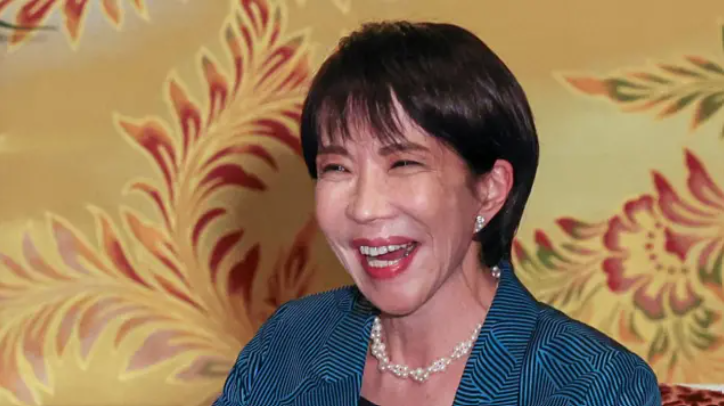Sanae Takaichi has made history by becoming Japan’s first-ever female prime minister after winning a decisive vote in parliament. The 64-year-old conservative leader, often dubbed Japan’s “Iron Lady,” secured 237 votes in the Lower House, surpassing the required simple majority.
A long-time admirer of former British Prime Minister Margaret Thatcher, Takaichi is known for her firm leadership style and traditional views. She represents the hardline conservative wing of the ruling Liberal Democratic Party (LDP) and was a close ally of the late former Prime Minister Shinzo Abe, who mentored her throughout her political career.
This marks Takaichi’s third attempt at the nation’s top job and makes her the fourth prime minister in five years from the LDP, a party that has recently been plagued by scandals and internal divisions. Despite the turbulence, her persistence and alignment with the party’s right-wing faction helped her secure broad support among lawmakers.
Takaichi’s victory represents a major milestone in Japanese politics, a landscape long dominated by male leaders. Her rise could signal gradual change in Japan’s gender dynamics, as the country has often ranked low in global gender equality indexes.
However, she now faces a daunting list of challenges. Japan’s sluggish economy, strained US-Japan relations, and growing regional security threats will test her leadership early on. Additionally, she must unite a fractured LDP and restore public trust after years of corruption scandals.
As she steps into office, many observers will be watching to see how her leadership style and conservative policies shape Japan’s future. Whether she can balance reform with stability — and live up to her “Iron Lady” moniker — will determine her legacy as Japan’s first female leader.

